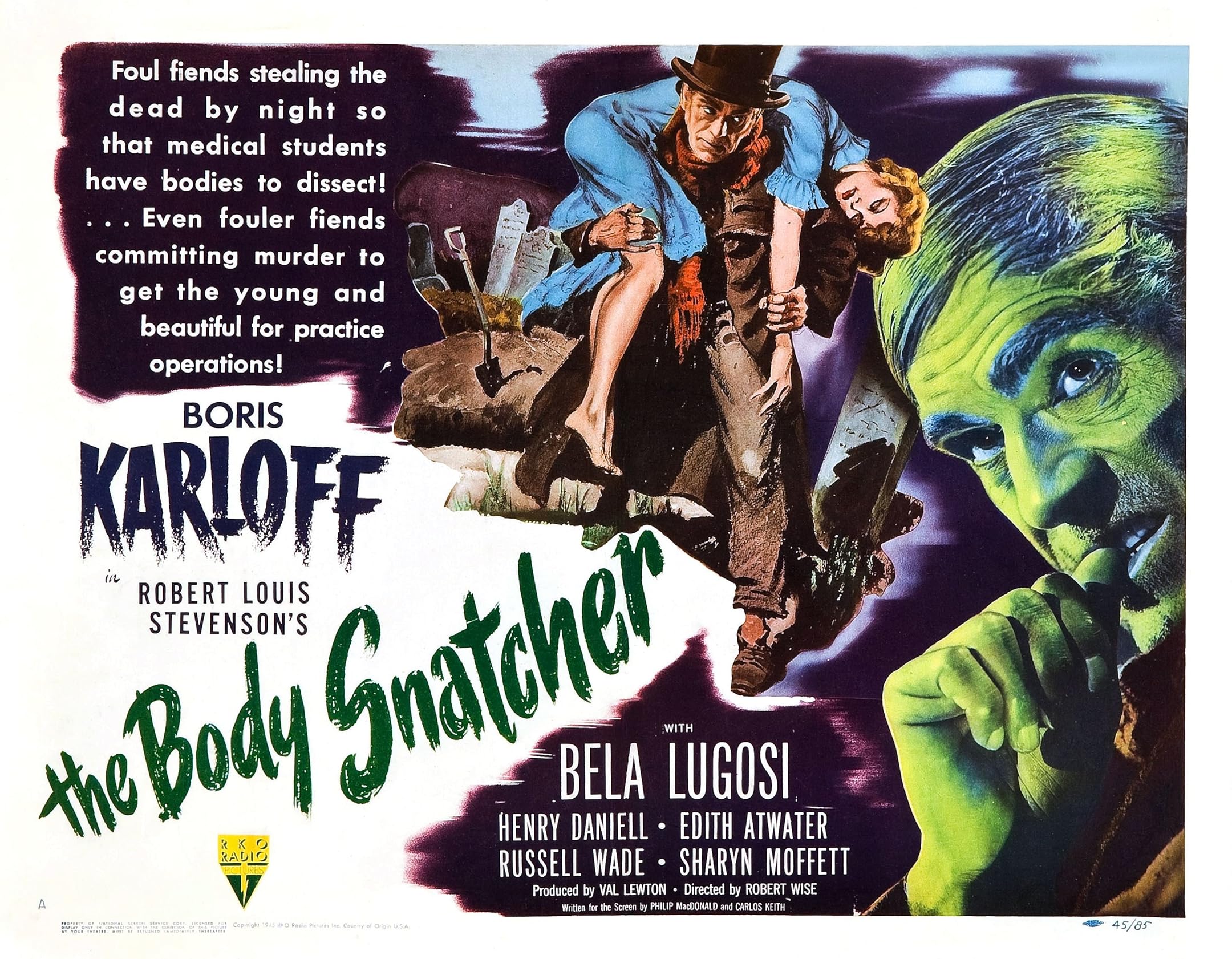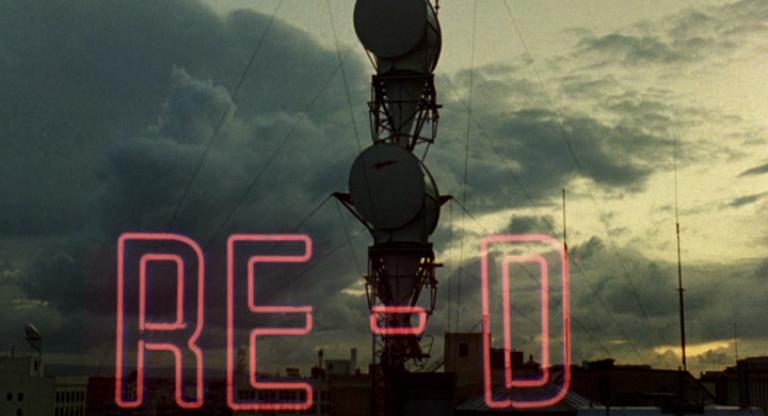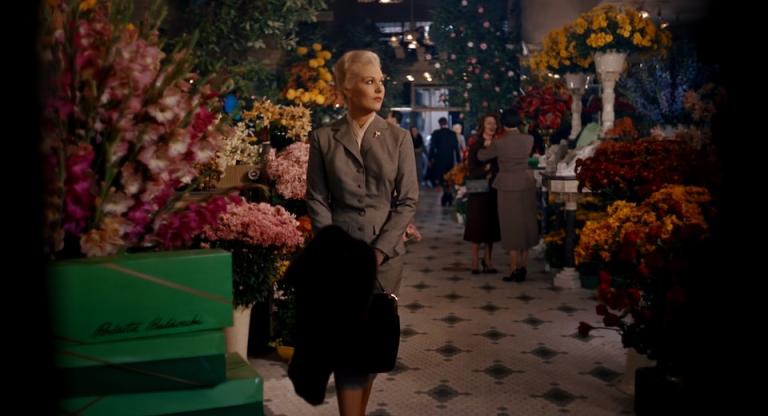Produced and co-written by RKO genre specialist Val Lewton from a short story by Robert Louis Stevenson, Robert Wise’s The Body Snatcher (1945) is a horror film that doubles as a drama of medical ethics, beginning with a moral quandary and concluding with a quote from Hippocrates. Set in 1840s Edinburgh, the film follows the aspiring doctor Fettes (Russell Wade) who, while working under the tutelage of “Toddy” McFarland (Henry Daniell), grows especially invested in the mystifying case of a paralyzed young girl. However, the pursuit of medical knowledge comes with a price. The cadavers for experimentation must come from somewhere, usually not through legal means. Enter John Gray (Boris Karloff), a carriage driver, grave robber, and murderer. Gray, who shares a long and sordid history with McFarland, is willing to do the ugly work of procuring bodies to put a little extra money in his pocket. The Faustian bargain thus becomes clear: scientific progress and medical rehabilitation necessitate the defiling of other bodies, the disturbance of the dead, and maybe even the living.
Although the former Dracula star’s screen time is brief compared to previous collaborations, The Body Snatcher is notably the final time that monster movie icons Boris Karloff and Bela Lugosi appeared on screen together. Not merely a metatextual reunion, their brief exchanges augment the potency of the film’s class portrait, developing a world predicated on individual desperation and bloody shifts in personal power. Both in deed and in his total absence of morality, Karloff’s Gray is unambiguously a monstrous figure, but he positions his actions as the necessary result of years toiling in the social underbelly of Europe. His willingness to get his hands dirty—to accomplish the transgressive desires and goals of more educated, “enlightened” men—is all the power he has left to leverage.
For a journeyman director whose Oscar-winning career eventually became associated with epic runtimes and super-sized scales, Wise’s work at RKO in the 1940s is characterized by his terse and succinct sense of visual and narrative economy. Brief flashes of startling violence clash against more protracted sequences of atmospheric horror, prioritizing what unfolds outside the purview of the screen. In the film’s most quintessentially Lewtonian moment, the camera focuses on an extreme long shot of a young woman who has previously remained on the periphery of the narrative. Singing on the dim, shadowy Edinburgh streets, she begins to walk into the darkness ahead, pursued by Gray’s carriage. As Gray and the woman disappear into this abyss, the static camera lingers—even as her singing voice abruptly stops, leaving the spectator to confront a harrowing absence and a chilling silence.
The Body Snatcher is a film without a clear-cut center of gravity, routinely shifting between the perspectives and actions of Fettes, McFarland, and Gray—pivots that add depth to its philosophical inquiry. Far from weaving a tale of science’s reclamation of moral righteousness, Wise and Lewton understand Gray as a figure who is haunting and impossible to extinguish. Though the suggestion of a direct line of influence on the film would be strained, it is difficult to watch The Body Snatcher and not be reminded of the context in which it emerged: the end of World War II. At the conclusion of a gruesome global conflict that saw medical experimentation and technological innovation mobilized in pursuit of genocidal violence and mass death, forcing a confrontation with the dangers of unethical science and the malevolent possibilities offered by Gray feel especially relevant. Pure evil though he may be, Gray stands as evidence of a powerful dark side dormant inside even the most noble of characters, kept tenuously at bay yet always waiting to be activated.
The Body Snatcher screens on 35mm this Thursday and Friday, September 26 and 27, at the Stanford Theatre, on a double bill with The Glass Key as part of the series “Film Noir (Plus Val Lewton).”






